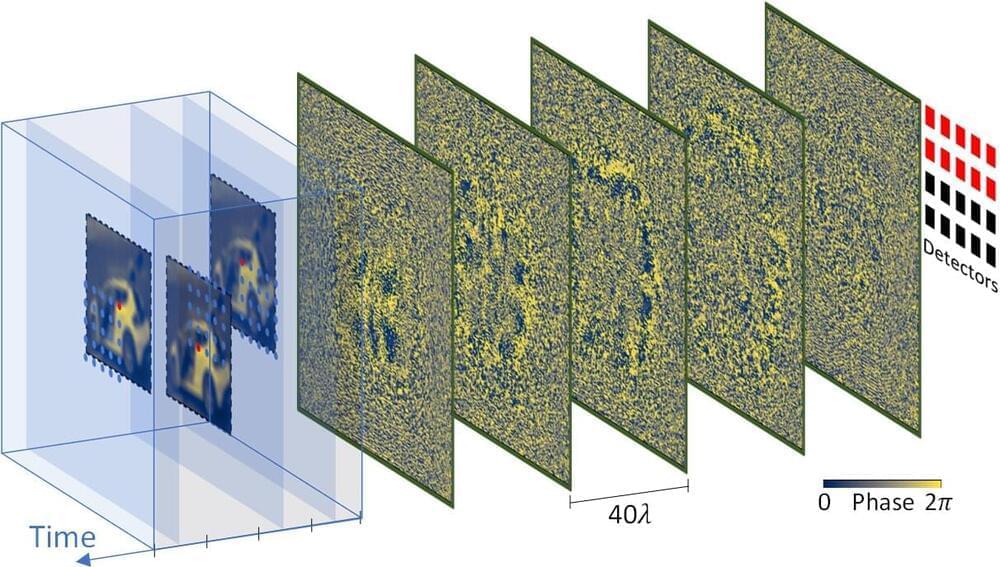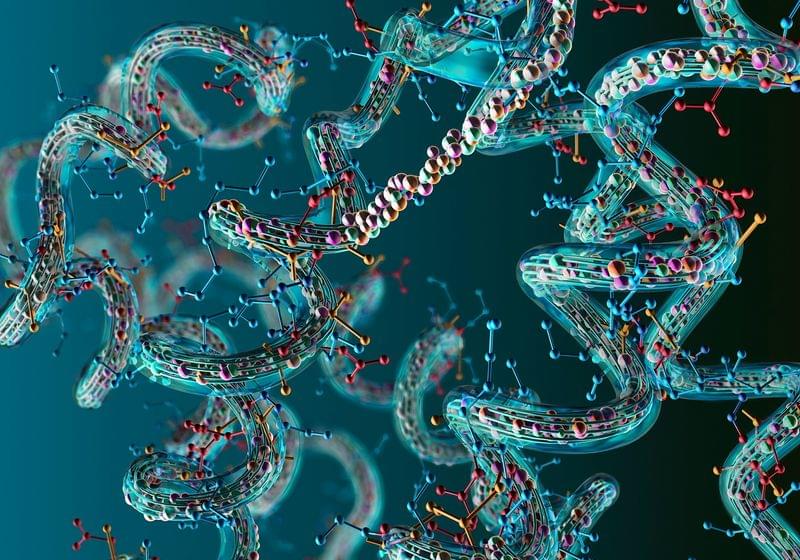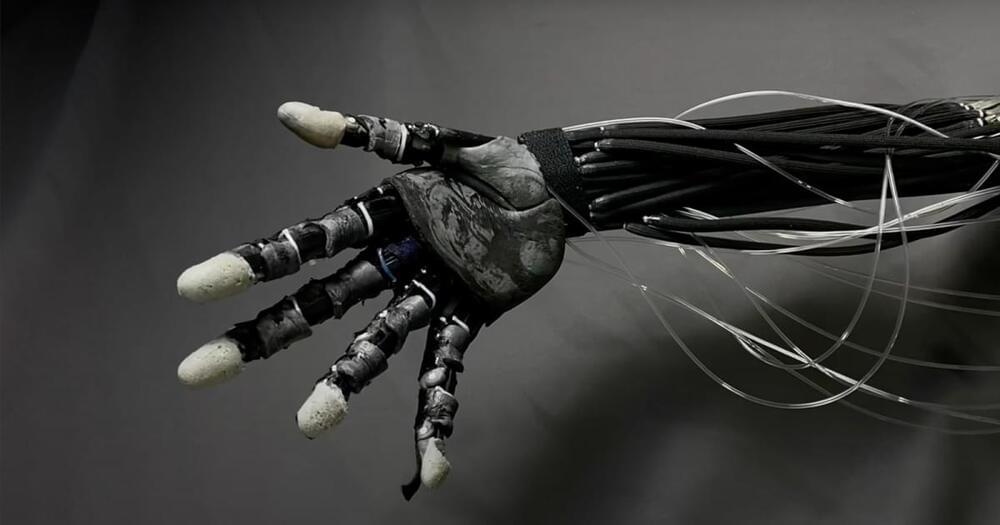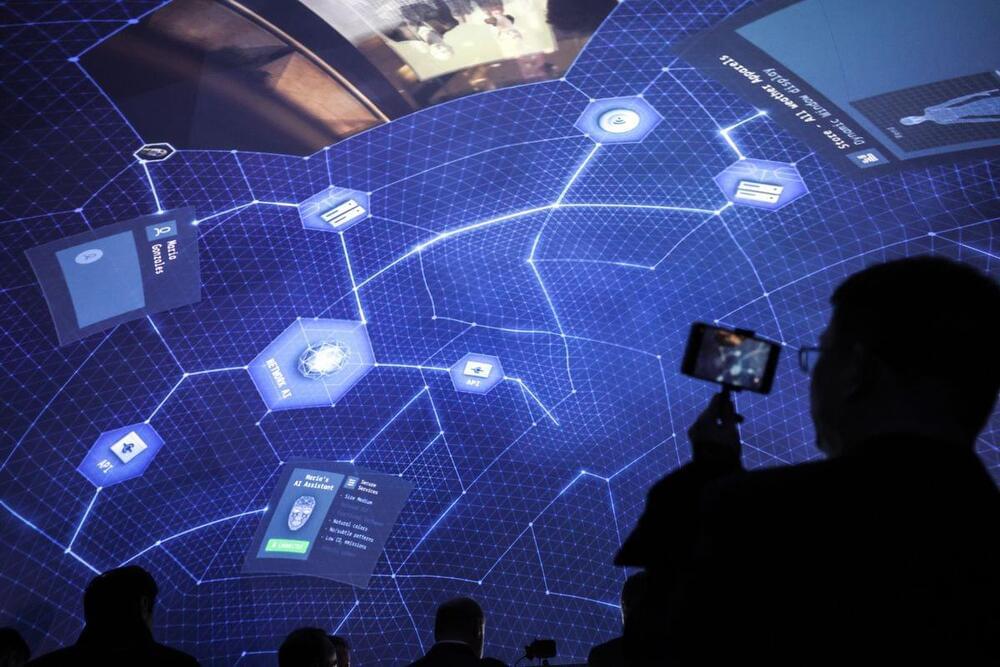Mar 7, 2023
Diffractive optical networks use object shifts for performance boost
Posted by Dan Breeden in categories: robotics/AI, security
Optical computing has been gaining wide interest for machine learning applications because of the massive parallelism and bandwidth of optics. Diffractive networks provide one such computing paradigm based on the transformation of the input light as it diffracts through a set of spatially-engineered surfaces, performing computation at the speed of light propagation without requiring any external power apart from the input light beam. Among numerous other applications, diffractive networks have been demonstrated to perform all-optical classification of input objects.
Researchers at the University of California, Los Angeles (UCLA), led by Professor Aydogan Ozcan, have introduced a “time-lapse” scheme to significantly improve the image classification accuracy of diffractive optical networks on complex input objects. The findings are published in the journal Advanced Intelligent Systems.
In this scheme, the object and/or the diffractive network are moved relative to each other during the exposure of the output detectors. Such a “time-lapse” scheme has previously been used to achieve super-resolution imaging, for example, in security cameras, by capturing multiple images of a scene with lateral movements of the camera.


















